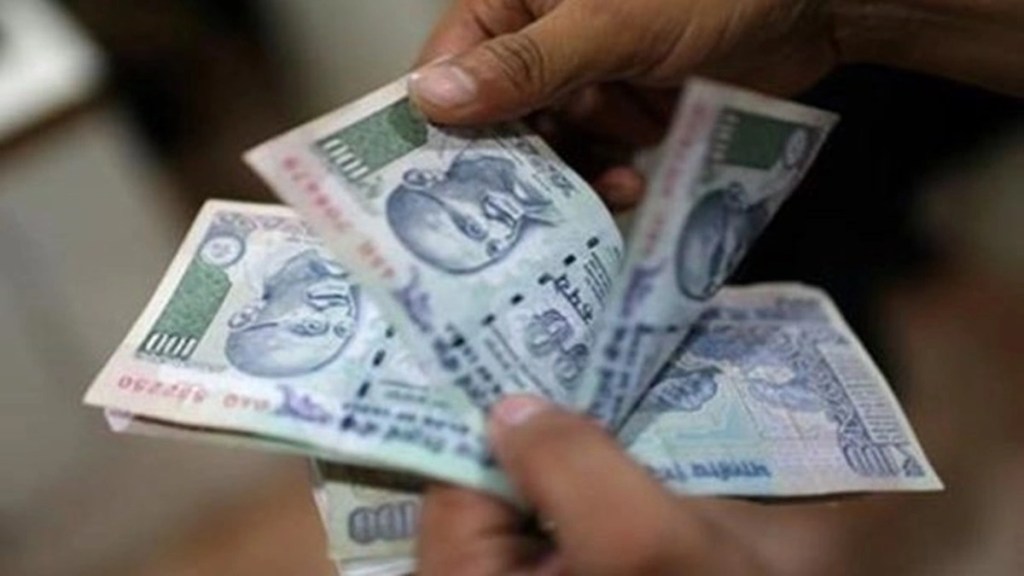Indian companies have turned on raising funds from overseas, with registrations for external commercial borrowing (ECB) reaching a four-year high of $38.7 billion in the April-January period of the current fiscal year. This marks a 52% surge from $25.4 billion recorded in 2022-23. Total disbursements during the first 10 months of FY24 stood at $30.1 billion, according to Reserve Bank of India (RBI) data.
Expectations of rate cuts by major central banks this year and a stable rupee have encouraged companies to tap foreign funds to meet their funding requirements.
“Corporations have increased their overseas borrowing as they expect interest rates to fall in the US and other major economies, which would lower their borrowing cost,” Madhavankutty G, group chief economist, Manappuram Finance, told FE. “By tapping into international markets through ECBs, companies diversify their funding sources and reduce vulnerability to domestic market fluctuations.”
The US Federal Reserve has signalled easing of rates from 2024, prompting companies to raise funds from overseas, he added.
Companies are raising foreign capital primarily to fund capital expenditure (capex). Of the total ECBs registered during April 2023 – January 2024, more than three-fourths of the agreements were earmarked for capital expenditure, the RBI data show.
Companies get interest rate advantage in raising funds from abroad. Corporates can borrow at secured overnight financing rate (SOFR), a benchmark for pricing loans, plus 200-300 basis points, which is lower than lending rates of Indian banks. The SOFR has hardened from 4.81% in March 2023 to 5.30% in March 2024.
With the RBI raising interest rates, borrowing locally has become more expensive, making ECBs a preferred choice for local firms. To curb inflation, the central bank increased repo rate by 250 basis points between May 2022 and February 2023, compelling banks to hike lending rates.
ECB refers to borrowing by domestic firms overseas through loans, bonds or alternative financial instruments.
The spread between India and the US 10-year government securities yield has narrowed in the last two years which has dampened the interest in domestic bonds. Currently, the spread between Indian and US 10-year G-Sec yield is approximately 300 bps, compared with around 500 bps in 2021.
The stability of the rupee, which reduces currency risk, has also incentivised companies to turn to overseas borrowing. “Rupee has been stable in the past year which has also encouraged companies to borrow from overseas as a stable rupee means lower hedging cost for them,” said the head of treasury of a private bank. “A stable Indian rupee provides greater predictability for companies in planning their overseas borrowing.”
The rupee has been relatively stable and moved in a tight range of 82.9- 83.2 against US dollar in the last year. The central bank intervenes in the forex market to contain volatility and ensure an orderly movement of the rupee. This gives comfort to companies that the RBI will not allow any sharp fluctuation in the local currency.
“Rupee with its low volatility helped Indian borrowers secure relatively cheaper capital through the ECB route,” said Debopam Chaudhuri, chief economist at Piramal Group.
The ECB market offers a wider pool of lenders compared to the domestic market, allowing companies to access larger sums. This can be particularly beneficial for large infrastructure projects or companies with significant funding requirements.


